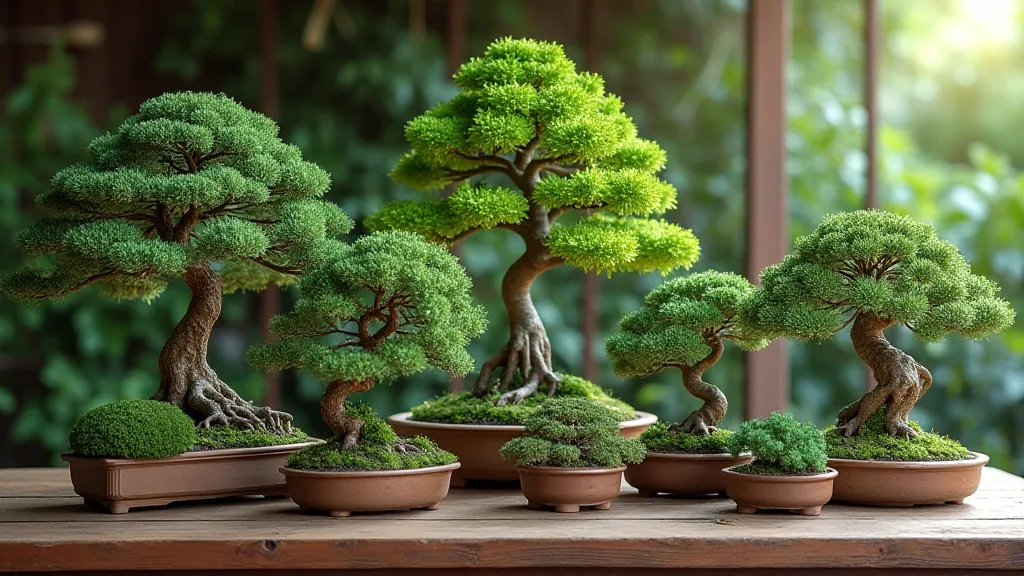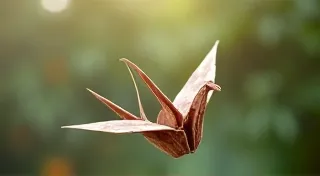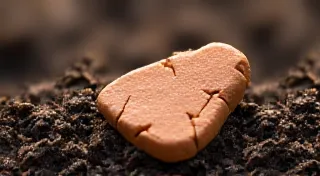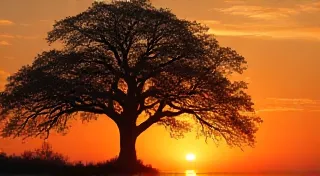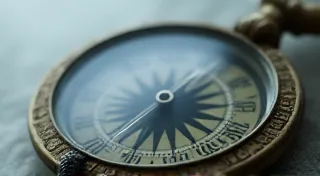The Tapestry of Generations: Exploring Diverse Juniper Varieties
There's a peculiar resonance, a shared soul, between a venerable juniper bonsai and an antique accordion. Both are testaments to human ingenuity, embodiments of history patiently unfolding over decades, even centuries. The accordion, with its bellows whispering tales of cafes and dance halls, and the juniper, rooted in ancient landscapes, enduring storms and basking in sunlight – each possesses a lineage that begs to be understood. Just as an accordion’s tone reflects the wood, reeds, and the careful hands that shaped it, a juniper’s character is etched by its variety, its environment, and the artistry of those who guide its growth.
My own fascination began not with bonsai initially, but with a Hohner Verdi Grand accordion my grandfather played. He's gone now, but the echo of its music still fills my memory. He’s the one who sparked my appreciation for craftsmanship, for understanding the intricate mechanisms behind something seemingly simple. That same appreciation now fuels my passion for juniper bonsai. It’s not just about shaping a tree; it's about honoring a legacy, a living link to the past.
Ancient Roots, Varied Expressions
The genus Juniperus boasts a remarkable breadth of species, each offering a distinct aesthetic and cultural significance. While many of us know the common ‘Blue Star’ Juniper, there’s a world beyond its captivating color and compact form. We’re talking about varieties like Juniperus squamata 'Aurea', with its breathtaking golden foliage, evoking a sense of warmth and resilience; or Juniperus chinensis 'Procumbens Nana', a ground-hugging beauty ideal for cascading styles; and the noble Juniperus communis, a species revered for its medicinal properties and tenacious spirit.
The Japanese have a deep connection to juniper, particularly Juniperus chinensis, which is often referred to as *Sugi*. Sugi bonsai are celebrated for their age, their ruggedness, and their ability to embody the essence of the Japanese landscape. The artistry involved in cultivating these ancient trees isn’t just about aesthetics; it’s about embodying *wabi-sabi*, the acceptance of imperfection and the appreciation of transience. Each weathered branch, each gnarled root – they tell a story of resilience and time.
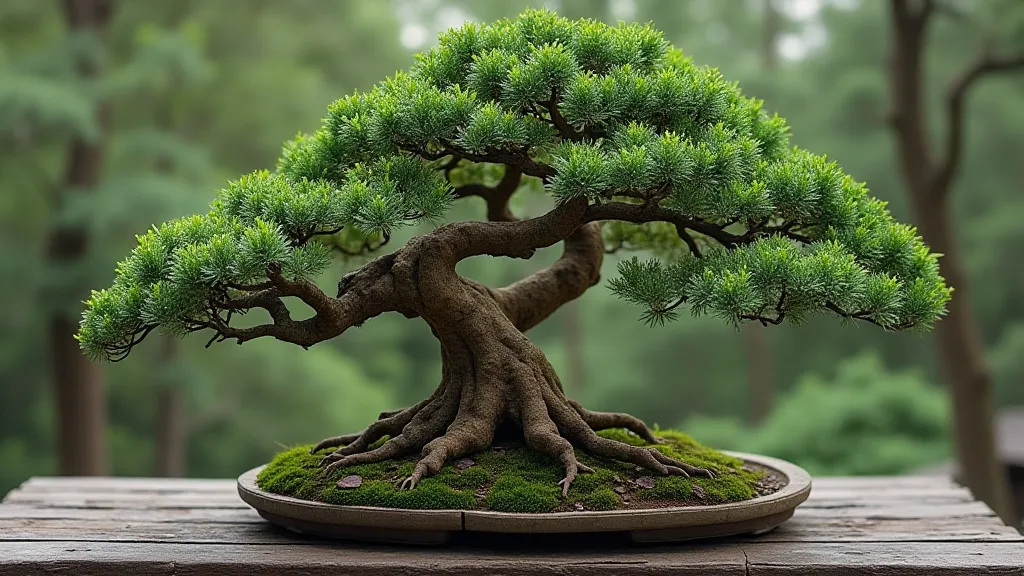
Juniper Styling: Reflecting Personality and History
The styling choices we make when working with juniper are not arbitrary. They are a reflection of our respect for the tree's natural tendencies, and an attempt to interpret its inherent character. The techniques of juniper bonsai pruning are nuanced – less about forceful manipulation and more about subtle guidance. Wiring, when employed, should be thoughtful and temporary, encouraging branches to bend and settle into desired positions without causing damage. Think of it as suggesting a dance, not dictating a rigid choreography.
The cascade style, particularly suited for ground-hugging junipers like ‘Procumbens Nana,’ can be incredibly evocative, mimicking the way a vine might cling to a cliff face, defying gravity with elegant determination. Formal upright styles, on the other hand, can convey a sense of strength and dignity, reflecting the tree’s enduring presence in the landscape. Each style carries its own narrative, its own emotional weight.
Common Challenges and Their Solutions
Like any living artwork, juniper bonsai face challenges. Red spider mite infestations are a recurring concern, particularly in warmer climates. These tiny pests can rapidly weaken a tree if left unchecked. Careful observation and prompt action – often involving horticultural oils or predatory mites – are crucial. Similarly, fungal diseases can arise from poor air circulation or excessive moisture. Prevention through proper watering techniques and strategic pruning is key. Understanding your specific juniper variety's needs – its tolerance to drought, its susceptibility to fungal pathogens – is paramount to its long-term health.
Winter protection for juniper bonsai is another vital consideration. While many junipers are hardy, extreme cold can still cause damage to delicate foliage and exposed roots. Protecting them from harsh winds and freezing temperatures, through methods like mulching and covering, can significantly improve their chances of survival. It's an act of stewardship, a recognition that these living treasures require our care and attention.
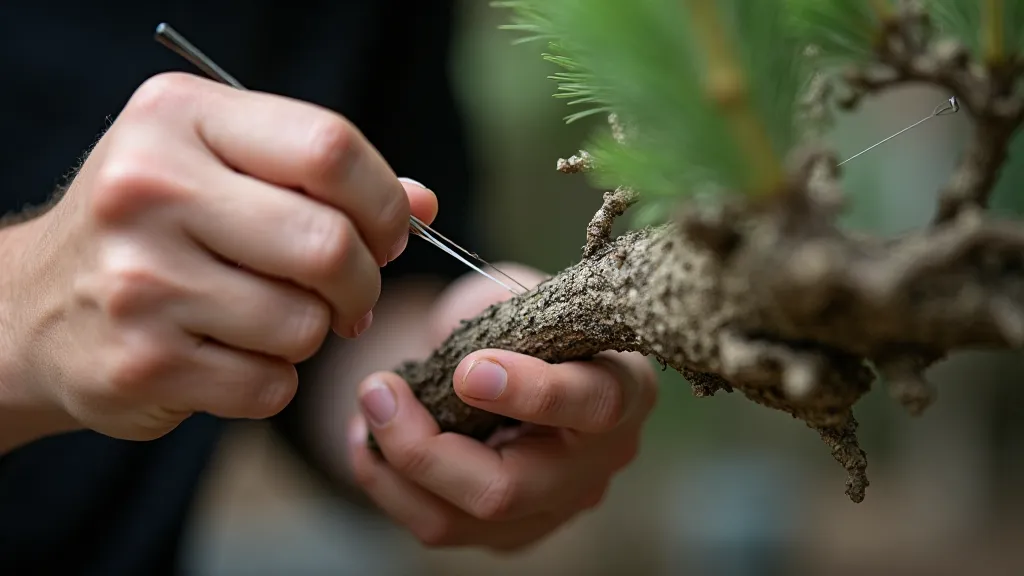
The Joy of Collecting and Restoration
The world of juniper bonsai offers a rich landscape for collectors. Seeking out rare or unusual varieties can be a rewarding experience, connecting you to a lineage of horticultural expertise and artistic expression. Restoring neglected or damaged junipers is another avenue for engagement – a chance to breathe new life into a living testament of time. Just like restoring an antique accordion, identifying the original wood, the specific reed design, and the craftsmanship of the maker – working with a distressed juniper involves a deep understanding of its history and a delicate approach to rejuvenation.
Often, these rescued junipers have endured hardship – surviving harsh conditions, suffering from improper care. Bringing them back to health requires patience, observation, and a willingness to learn from mistakes. But the reward – witnessing a neglected tree flourish under your care – is immeasurable.
A Legacy Rooted in Time
Juniper bonsai are more than just miniature trees; they are living embodiments of history, artistry, and resilience. They connect us to the past, ground us in the present, and inspire us to contemplate the enduring beauty of the natural world. Just as the faint whisper of an antique accordion can transport us to another era, the silent presence of a juniper bonsai can evoke a profound sense of peace and connection. Embracing the diversity of juniper varieties is not simply a horticultural pursuit; it's an act of honoring a legacy, a celebration of human creativity, and a testament to the enduring power of nature.
